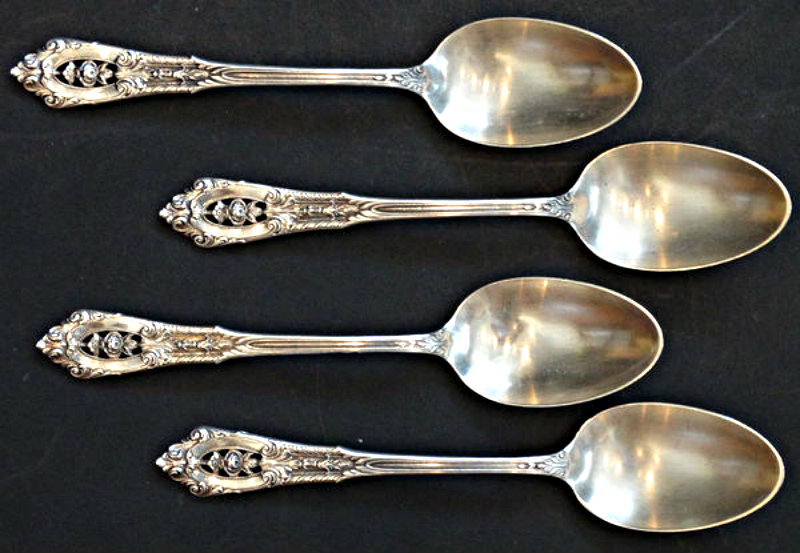Antique Spotlight: Get The Scoop On Antique Sterling Silverware!
There’s a difference between that silver-plated flatware that goes through the dishwasher and the real deal sterling silver that likely only gets used on special occasions – and we’ve got the scoop on it all!
Silverware — most of us use some form of it everyday, but do you ever really stop to think about it? There’s a difference between that silver-plated flatware that goes through the dishwasher and the real deal sterling silver that likely only gets used on special occasions – and we’ve got the scoop on it all!

How old is it? Sterling silver itself dates back to ancient times, and according to Beverly Bremer, utensils like spoons from the B.C. period aren’t too different from what we use today. Flatware as we’d recognize it today began becoming more prevalent in the 16th century in Europe and was even a common item of silversmith Paul Revere’s, though it eventually became a must-own item in the Victorian era.
Why did it become popular? According to Silver Gallery, the use of silverware became a matter of etiquette in the 19th century. The wealthy and elite saw eating with your hands as a no-no, and eating with silverware as a sign of class and prestige. And as the affluent became regular users of silverware, everyone followed suit and it began growing in popularity. Because some formal dinners had tons of different courses – think as many as ten – some sterling silverware sets are extensive, since each individual course was paired with a utensil.

Are they tough to find?Nope, finding antique sterling silverware can be easy! The trouble might be more in finding a complete set, but these trinkets are pretty common in antique shops, estate sales, and the like. If you are looking for a specific design or piece to complete a set – say, a particular gravy boat or napkin rings – then the search will be more difficult.
How much does it cost? Because sterling silver is 92.5 percent pure silver, it is still quite valuable simply because the material is valuable in today’s market. As with all antiques, the value depends on a number of factors – especially age and design, though obviously a piece being actual sterling silver and not silver-plated makes a huge difference as well. Depending on the intricacy, a single spoon could cost $50 while a large set (think 72 pieces) could cost somewhere in the thousands. Less intricate pieces could be $10 or less each.

What are some identifying features?
– Sterling silver stamp: Look for a stamp that says “sterling,” as eHow explains that most sterling silver made after 1850 should bear a stamp that labels it as authentic sterling silver. There might also be a date next to the stamp.
– Manufacturer’s name or hallmark: Check the back of the stem for some kind of manufacturer’s mark, which is helpful in figuring out the age and authenticity of the silverware. Specific manufacturers also often had hallmarks and logos that were specific to their brand, so you might find one of those and research it as well – for a visual aide, check out Antique Cupboard’s helpful catalog of manufacturer symbols.
– Design: The handle or end of each piece of silverware can be a great clue in figuring out the piece’s origin and value. SilverCollect.org has a handy visual guide that you can use to identify your pieces, based on the design.
Keep your eye out for this beautiful silverware!
SKM: below-content placeholderWhizzco for DOT

